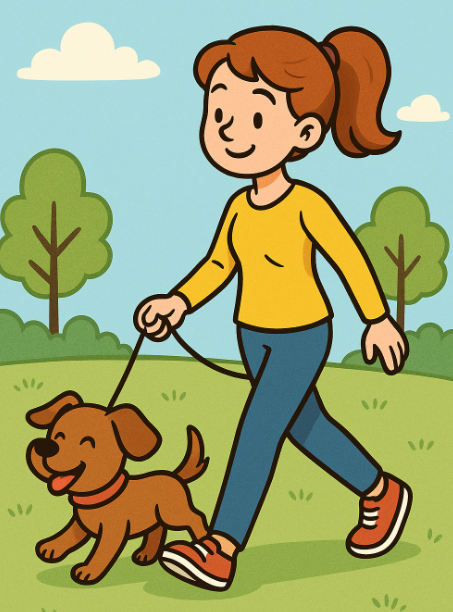
Which Is Best for Your Dog Walks? Science Weighs in on Collars, Harnesses, and Head Collars
Ever stared at a wall of pet gear and thought, “Uh… what now?” Choosing between collars, harnesses, and head collars isn’t just about style — it’s about your dog’s comfort, safety, and your sanity on walks. Luckily, science has some answers.
🐶 TL;DR — There’s No One “Best” Device
Researchers reviewed 21+ studies on how these gadgets affect dogs’ movement, pressure points, and stress levels. Verdict? The “right” choice depends on your dog’s needs, body shape, and how they behave on leash.
1. If Your Dog Pulls Like a Freight Train 🚂
- Winner: Non-tightening front-clip harness
✅ Helps reduce pulling without extreme discomfort
🚫 Still changes your dog’s gait — so proper fit matters - Use with caution: Tightening harnesses, martingale collars, head collars — they can be less comfortable.
💡 Pro Tip: If your dog’s walks are a battle of strength, a front-clip harness can make strolls calmer for you and them.
2. If You’ve Got a Squishy-Faced Cutie (Brachycephalic Breeds) 🐾
- Best bet: Back-clip harness (Y-shaped or with a chest strap)
- Why? Collars can increase eye pressure and mess with breathing — not ideal for breeds like pugs, bulldogs, and shih tzus.
3. If Your Pup Walks Politely ✨
- Flat collars are fine for dogs who don’t pull.
- Bonus: Least restrictive on body movement.
4. What About Head Collars? 🤔
- They can reduce pulling but may cause signs of stress (pawing, crouching, trying to remove it).
- Great for short-term control but should be introduced slowly and positively.
5. Things That Might Surprise You 🧠
- Padded collars? Sometimes they increase pressure on the neck because they concentrate force in a smaller area.
- Dogs can pull harder in a harness because it’s more comfortable than pressure on the neck.
- Breed, body shape, and even where straps sit on the shoulders can change how restrictive a harness feels.
How to Pick the Right Gear for Your Dog
- Match the device to your walking goals (control vs. comfort).
- Check the fit — too tight = discomfort, too loose = escape risk.
- Watch your dog’s body language — stress signs mean it’s time to rethink.
- Don’t skip training — even the best gear works better with leash manners.
Bottom line: There’s no magic bullet. The “best” leash setup is the one that keeps your dog comfortable, you in control, and both of you excited for your next walk




